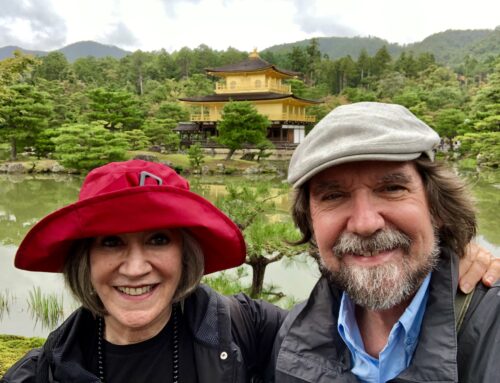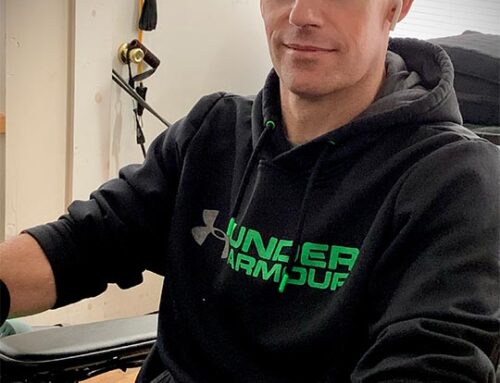Using a wheelchair, whether through paralysis or other debilitation, brings with it a whole new set of challenges for the individual. One, not initially anticipated, is the high-risk of pressure injuries. Known by a variety of names – pressure sores, decubitus, bed sores, pressure ulcers – the injury is created by extended sitting or lying in one position causing a break in the skin’s surface.
Without mitigation, a pressure sore can develop quickly if not addressed and can lead to infection from a variety of sources, resulting in necrotic skin and leading to great pain and worse. There are also higher additional risks if individuals are older, lack pain receptors, are incontinent, malnourished or have diabetes. Pressure sores are not limited just to the buttocks and tailbone area, but knees, hips, elbows, shoulders/shoulder blades, back of the head and ears are also vulnerable locations that if not properly managed can become problem areas.
Approximately 2.5 million patients each year develop pressure sores. Patients with pressure wounds have a higher mortality rate than other hospital patients, have longer hospital stays, and have more expensive hospital stays. Pressure sores are also listed as the direct cause of death in 7-8% of paraplegia patients.
And yet, pressure ulcers are preventable.
Practices to reduce injuries:
- Keep skin clean and dry.
- Implement softer seating, e.g., a seat cushion or gel cover.
- Reposition consistently
- Periodically put feet on the ground thus redistributing pressure.
- Avoid clothes that are too tight or have buttons, zippers, or thick seams that can press on your skin.
If you’ve found yourself dealing with this issue, then you’ve probably tried a few of the many cushions that are on the market. But today’s cushion is much more than those that were used previously. One of the most promising is Kalogon. Designed as a smart cushion, the Kalogon cushion was developed by a group of young engineers led by Tim Balz. This cushion actually adapts to the user’s needs and can be adjusted by using an app to provide more comfort, support and relief when and where it is needed. Not new to the disabled world, Tim previously launched a charity (Freedom Chairs) where he would take broken down wheelchairs and build power chairs – totally free to people who needed them.
The Kalogon team spoke to physical therapists, occupational therapists, nurses, people in chairs, and people who worked at facilities to understand the key issues and consider viable alternatives. In other words, they listened and responded to their audience.
Why Kalogon?
- Patented sensor technology adapts to your needs
- Powers on when you sit and off when no pressure is applied
- Managed by the Kalogon app where you control and define areas that require pressure relief or added firmness
- Continuous improvement – free software updates to you
At VitaGlide®, we want you to exercise in comfort. Your workout should stress your upper body and your core – not your bum. Take a look and see if Kalogon is right for you.



